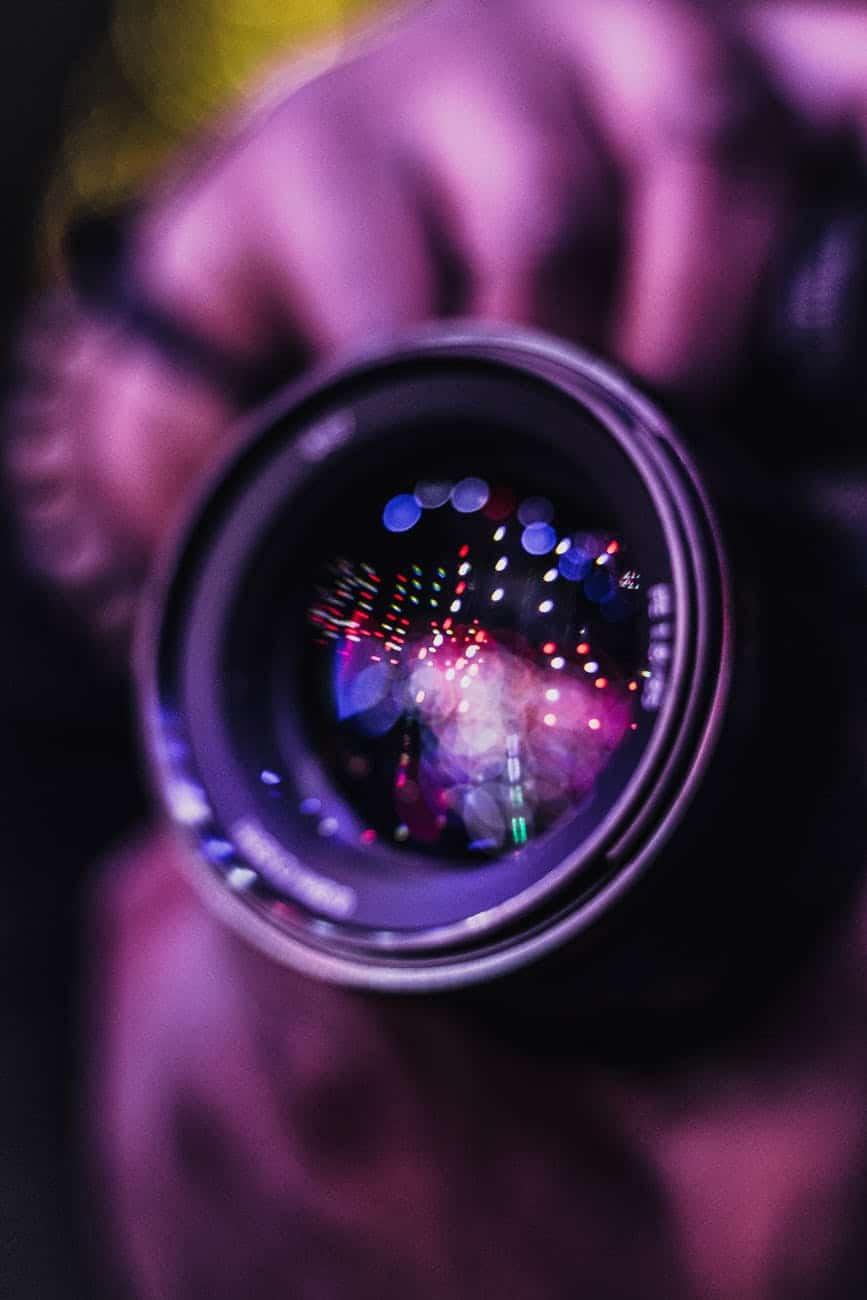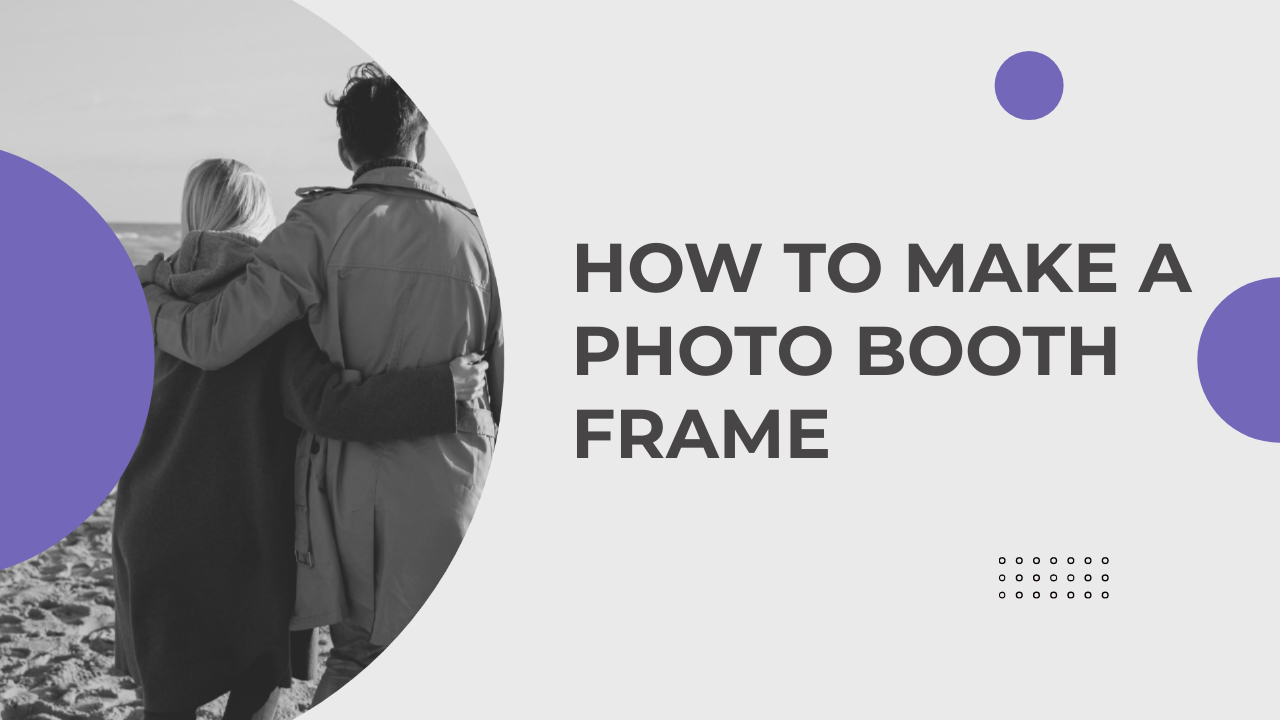The Ultimate Beginner’s Guide to Macro Photography
Estimated reading time: 15 minutes
Table of contents
Do you want to learn more about macro photography? Our guide will get you up and running in no time. There is no need for any special equipment!
Macro photography, or photographing very small subjects in larger-than-life-size, is a fascinating and absorbing branch of photography that allows you to explore the details of the world around you (and come up with some fantastic images in the process).
Macro photography, which was once out of reach for many due to the high cost of equipment, is now available to anyone with a DSLR or even a digital point-and-shoot camera.
Micro, Macro or Close Up?
Though the literal meanings of macro and micro are polar opposites (micro means small and macro means large), they both refer to the same thing: making a small object appear larger.
True macro photography necessitates the use of a dedicated macro (for Canon) or micro (for Nikon) lens capable of achieving at least a 1:1 magnification.
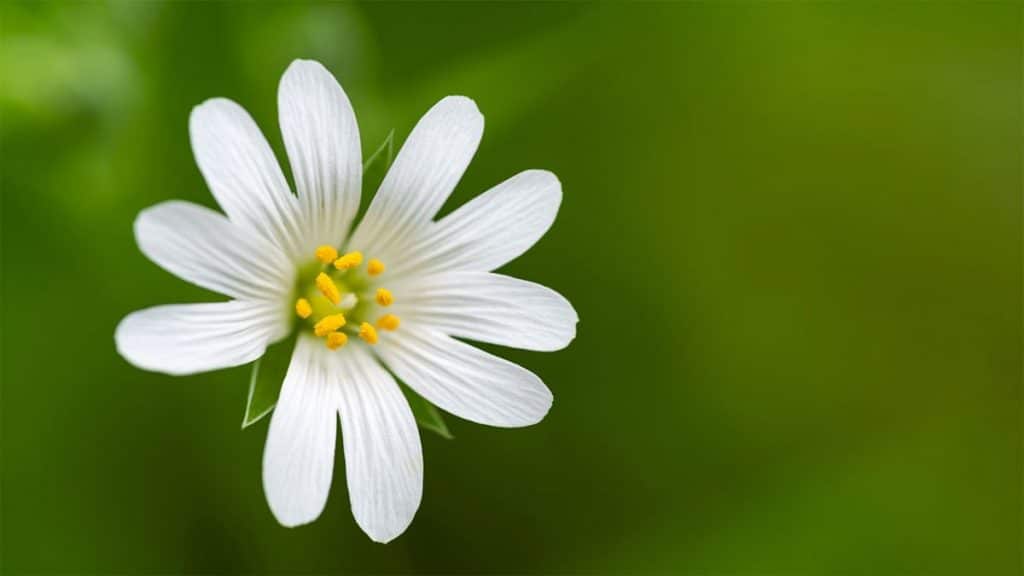
Close-up photography is similar to macro photography in that it magnifies small objects, but it is accomplished by photographing objects at close range with a non-macro lens.
The degree of magnification and fine detail that can be captured are the main differences in the images produced.
Small subjects will appear larger in a close-up photograph taken with a non-macro lens, but a macro lens will dramatically increase magnification and reveal even the tiniest details.
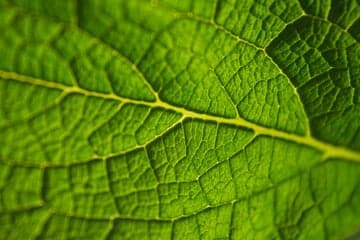
The Equipment You Need For Macro Photography
Macro photography, like many other aspects of digital imaging, can be as simple and inexpensive as you want it to be, or as complex and expensive as you want it to be.
If you have a digital camera, you can start doing macro photography right away with no additional equipment.
The vast majority of digital cameras, from point-and-shoots to DSLRs, have a macro mode that can be accessed via external control or the viewfinder menu.
Option #1: Point-and-Shoot Digital Cameras
When you use the macro mode on a point-and-shoot digital camera, the lens elements automatically adjust for close focusing.
The advantage is that it’s a no-cost, no-hassle way to take great macro and close-up photos without having to invest in any additional equipment; the disadvantage is that the photos won’t have the same level of precision, detail, magnification, or quality as those taken with a DSLR camera and a dedicated macro lens.
If you’re just getting started with macro photography, a point-and-shoot camera set to macro mode can be a great place to start.
It can allow you to experiment with recording very small and detailed subjects without having to invest in expensive equipment or learn new techniques.
It’s a free way to see if macro photography is for you, and you’ll get some great shots in the process.
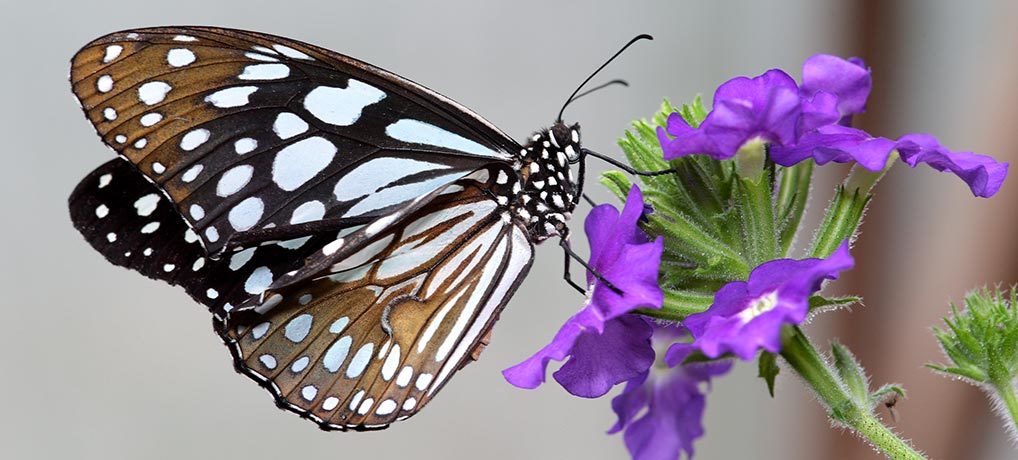
Option #2: DSLR Cameras
Your macro photography options multiply exponentially if you have a DSLR (digital single-lens reflex) camera.
You can use the lenses you already have, add equipment to expand the capabilities of your existing lenses, or purchase dedicated macro lenses.
All of them work and can produce excellent images, so the decision is based on your budget, experience level, and the quality of images you need to produce.
Here are some ideas for turning your DSLR camera into a macro machine, starting with the most affordable options.
Reverse the Lens You Already Have
You already have the foundations of a macro photography setup if you own a 50mm fixed focal length or “prime” lens.
The reverse lens technique entails removing your 50mm lens from the camera and rotating it so that the front side of the lens, which normally faces the subject, now faces the camera.
If you have a steady hand, you can simply hold the lens against the camera to shoot; if you want more stability or a more permanent setup, you can buy a reversing ring, a specially made threaded adaptor that holds the reversed lens to the camera.
For less than the price of a pizza, reversing rings are widely available wherever camera accessories are sold.
Because of the way a 50mm prime lens works, the reverse lens technique works. A 50mm lens focuses light from a distance, making the image smaller so it can be captured by a digital sensor in traditional photography. When you reverse the lens, the image is magnified to nearly life-size proportions.
This technique works with any prime lens, but many people believe that the 50mm produces the best results.
Note: you can use the reverse lens technique with a point-and-shoot or even a cell phone camera, but it’s a tricky undertaking.
There’s no choice but to free-lens the reversed lens, and it’s hard to avoid camera shake when firing. But if you have a point-and-shoot, a 50mm prime lens, a steady hand, and some time and patience, you can come up with some outstanding macro images.
Use Two Lenses, but Reverse One of Them
If you have a second lens in addition to the 50mm, you can combine them to make a powerful macro setup.
This technique, also known as twin reverse lens or dual reverse lens, can be used with any lens as the primary lens (attached to the camera and behind the reversed 50mm), though the magnification will be greater if the primary lens has a longer focal length.
To make the most of this technique, you’ll need to buy a coupling ring to join the two lenses together.
It’s easiest if both lenses have the same size filter threads, but if they don’t, you can match them with a stepping ring.
To use this technique, simply attach your primary lens to the camera as usual, then reverse the 50mm lens and attach it to the primary lens with a coupling ring (plus stepping ring if necessary).
Because of the two lenses, this setup is extremely powerful but somewhat cumbersome, and it can be difficult to get a clear shot while hand-holding the camera.
Use a tripod to stabilize the camera and a cable release to fire the shutter for the best results.
Extension Tubes
Extension tubes, which are hollow cylindrical spacers attached between the lens and the camera mount to increase the extension of your lens, are another way to adapt your DSLR camera for macro photography.
They contain no optics, so their effect is entirely dependent on their ability to change the lens’ minimum focus distance, or how close you can be to a subject while still focusing.
The longer the extension tube, the closer you can get to a subject while still maintaining focus, and the closer you get, the higher the lens magnification.
Extension tubes are frequently sold in sets of three tubes of varying sizes, and each tube can be used alone or in conjunction with one or more additional tubes to provide additional length.
Depending on the type and brand, they range in price from less than $20 to well over $100.
Simple spacers that do not maintain an electrical connection between the lens and the camera body are the cheapest type of extension tubes.
The more expensive extension tubes have electrical contacts that maintain communication between the lens and the camera, allowing you to adjust aperture settings, exposure, and so on.
Extension tubes are most effective with lenses with short to medium focal lengths. They’re very versatile accessories because they can be used with any lens and combined to create a variety of lengths and magnifications.
The only significant disadvantage of extension tubes is that they cause some light loss; however, switching to automatic exposure mode on your camera will compensate for this.
Note: If you want to make some adjustments to the photo just let me know. I can do it for you at a very low cost. You can hire me to edit your photo.
Close-Up Filters
Close-up filters function similarly to screw-on magnifiers for your lens.
They’re simple, straightforward accessories that do one thing only: they shorten your lens’s minimum focusing distance so you can take sharp pictures of very close objects. They’re typically sold in sets of four.
They work in the same way that a standard magnifying glass does, by altering light with curved glass to make objects appear larger.
While close-up filters are entertaining and inexpensive – a set of four can be purchased for less than $50 – they do have some drawbacks.
They can only be used on objects that are very close to you, produce photos that are generally softer and less detailed, and frequently cause unwanted color issues such as “fringing” or chromatic aberration.
If you’re serious about macro photography or intend to do a lot of it, close-up filters alone won’t be enough to create the necessary setup.
However, if you’re primarily interested in casual close-ups of details, they can be a lot of fun and often result in some stunning images.
Macro Lenses
If you’re serious about macro photography, there’s no substitute for an actual macro lens.
At their closest focus setting, these highly specialized, sophisticated lenses can focus from infinity to at least a 1:1 magnification factor, implying that the image is reproduced life-size on the sensor.
The magnification factor of macro lenses varies according to the focal length of the lens, with some capable of achieving a magnification ratio of 5:1 or producing an image five times the size of the subject.
True macro lenses have a flat field, which means they don’t have the “field curvature,” or curve distortion at the image’s edges, which is common in general-purpose lenses.
This is especially important in macro photography, where a single very small object takes up the entire frame.
The majority of macro lenses are “prime,” meaning they have a fixed focal length. Because focal length determines how close you must be to your subject, it is critical to select the one that best suits your subject and style.
For subjects like plants, flowers, and inanimate objects that can be photographed from a close distance, a shorter focal length of 50mm or 60mm will suffice.
However, subjects such as insects or wildlife that are dangerous or easily frightened must be photographed from a greater distance, which necessitates a longer focal length of 100mm or greater.
While macro lenses excel at photographing very close-ups of very small objects, that isn’t all they can do. Macro lenses are actually very versatile and can be used for a wide range of photos, from product shots to portraits, and are widely used by many professionals.
Modern macro lenses use a variety of advanced focusing, vibration reduction, and light management technologies to produce images that are incredibly sharp, clear, and distortion-free.
All of that technology isn’t cheap; good macro lenses can cost anywhere from a few hundred to a few thousand dollars, making them by far the most expensive piece of macro photography equipment.
A macro lens is probably not the best choice for someone who just wants to have some fun experimenting with macro photography, but for those who are serious about capturing the tiniest details of the smallest subjects and creating high-quality images, a macro lens is an excellent investment.
Additional Accessories for Macro Photography
A tripod and a remote shutter release are two of the most useful macro photography accessories.
Because keeping the camera perfectly steady is essential for macro photography, investing in tools that eliminate as much hand contact as possible is a good idea.
Getting enough light can be difficult due to the typically very narrow apertures used in macro photography.
One solution is to use a ring light, which is a simple, inexpensive, and effective light that fits right over your camera’s lens.
Ring lights don’t have the same power as a standard flash, but they do cast a soft, even light on your subject.
How To Take Great Macro Photographs
Having the proper basic equipment is essential, but simply having good tools will not result in good shots; the more you experiment and fine-tune your technique, the better your images will be.
Here are some helpful hints for making the most of your macro setup.
1. Shoot. A LOT
The old adage “practice makes perfect” is especially true when it comes to macro photography.
Though the actual steps are the same as in any other type of photography, the fact that you’re shooting tiny objects from such a close distance adds a new and unique twist to everything.
Outdoor macro photography is notoriously enjoyable and rewarding; nearly everything around you is a potential subject. Plants, flowers, insects, grass, weeds, rocks, you name it – there’s something in nature that could make for a great macro shot.
Many people become enamored with macro photography right in their own backyard.
However, the opportunities for great macro photography do not end at your front door; most objects found indoors are fascinating at close range.
The vegetables in your fridge, the trinkets on your shelves, and even the contents of your pocket can make for a fun afternoon of macro experimentation.
Coins and currency can be fascinating topics.
2. Deal with the depth of field dilemma.
The shallower the depth of field (the region of sharp focus) becomes as you get closer to your subject, and this effect can make it difficult to get your entire subject in focus.
There’s nothing you can do about it if you’re using a point-and-shoot camera, but if you’re using a DSLR camera, you can increase the depth of field by decreasing your aperture (choosing a larger f-number).
Unfortunately, decreasing your aperture restricts light, so you may also have to decrease your shutter speed to compensate.
If your shutter speed is too slow, it’s difficult to get a clear image with no blurring from camera shake, and you’ll soon find yourself in a frustrating photographic balancing act. To some extent, you can address this by increasing your camera’s ISO sensitivity, but this isn’t foolproof; increasing ISO inevitably increases visual “noise,” so use this adjustment with caution.
The only real solution is to take a tonne of macro shots, become intimately acquainted with your camera’s capabilities, and figure out what combination of aperture, depth of field, and ISO works best for you.
3. Use manual focus if you can. Manual focus will not be an option if you’re using a point-and-shoot camera, but if you’re using a DSLR, you can get the best macro shots by focusing on yourself rather than relying on your camera’s autofocus capability.
4. Stabilize your camera as much as possible
Use a tripod and a remote shutter release, or at the very least, arrange your shots so that your camera is as stable as possible.
At high magnification and close range, the blurring effects of even the smallest movements are exaggerated, so keeping your camera as motionless as possible is critical to getting the best shots.
If you don’t have a remote shutter release, try to shoot on the outbreath to get the least amount of jiggle.
5. Move the subject, not the camera.
When shooting a staged subject, fix your camera and don’t move it.
Once you’ve got your shot framed, light balanced, and in focus, leave your camera alone and adjust your vignette by moving the subject.
Arrange your subject on a surface that can be moved, elevated, and so on. This can save you a lot of time.
6. Try the effect of different backgrounds. Obviously, this isn’t an option if you’re shooting outside, but if you’re shooting vignettes set up on an indoor surface, experiment with different backgrounds – you might be surprised at the variety of effects you get. Something as simple as a pack of colored construction paper can provide a lot of inspiration.
7. Fine-tune your composition.
Don’t rely on post-processing to create your best image; instead, compose your best shot on camera.
If you’re focusing on a pattern within your subject, move it around until the pattern fills the entire frame with no gaps.
If you’re photographing a small object as a whole, make sure there’s an even amount of space around it on all sides.
Experiment with your point of focus; sometimes the smallest change will give your subject a completely different appearance and result in an entirely different effect.
8. Keep it tidy. When you shoot macro, everything becomes visible. Dust, pet hair, and fingerprints that you can’t see with the naked eye suddenly become obnoxiously visible in close-up, highly magnified photographs.
9. Start parallel, but experiment with different angles.
In general, it’s a good idea to start shooting at an angle that aligns the front of your lens with the most important details of your subject; this will increase the focus area of your subject and make it easier to get more of your subject in sharp detail.
However, keep in mind that small changes have significant effects in macro photography, so even slightly changing the angle from which you’re shooting can result in an entirely different image.
10. Don’t be afraid of flashes.
Because macro photography requires very small apertures that limit light, flash can be extremely useful, especially when shooting outdoors with no supplemental lighting.
Any flash will do, but using a diffusor will give the light a less harsh, more natural appearance.
Commercial flash diffusers are available, but any translucent white material that can be placed between your flash and the subject will suffice.
Macro photography is an enthralling genre that can become a lifelong obsession. Excellent subjects abound, the creative possibilities are endless, and anyone with a digital camera already has the tools necessary to get started.
Any macro photographer will tell you that shooting small is a lot of fun.
latest post
- How to Make a Graphical Abstract?
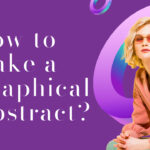 Elevate your research presentation with our guide to crafting compelling graphical abstracts. Discover essential tips on visuals, clarity, and effective design.
Elevate your research presentation with our guide to crafting compelling graphical abstracts. Discover essential tips on visuals, clarity, and effective design. - Best AI tools for Facebook Ads
 If you’re seeking to improve your Facebook advertising strategies, Birch or Revealbot, AdEspresso by Hootsuite, and Zalster are exceptional AI tools that enhance efficiency and maximize ad performance.
If you’re seeking to improve your Facebook advertising strategies, Birch or Revealbot, AdEspresso by Hootsuite, and Zalster are exceptional AI tools that enhance efficiency and maximize ad performance. - Photo Editing Mistakes
 Excessive editing, Oversaturating colors, Blurred images, Too much HDR and Overdoing filters and effects are some of the top photo editing mistakes to avoid for crafting stunning pictures.
Excessive editing, Oversaturating colors, Blurred images, Too much HDR and Overdoing filters and effects are some of the top photo editing mistakes to avoid for crafting stunning pictures. - Best AI tools for lead generationExplore Customers.ai, Instantly, Seamless.AI, and LeadIQ are some of the best AI tools for lead generation as they provide you with client’s details for closing deals. Uncover its key features, affordable pricing, and customer reviews.
- Benefits of Digital Business CardsWhat is a digital business card? Discover the benefits of digital business cards and how to create digital business cards suitable to your professional image and networking efforts.
Note: If you want to make some adjustments to the photo just let me know. I can do it for you at a very low cost. You can hire me to edit your photo.


